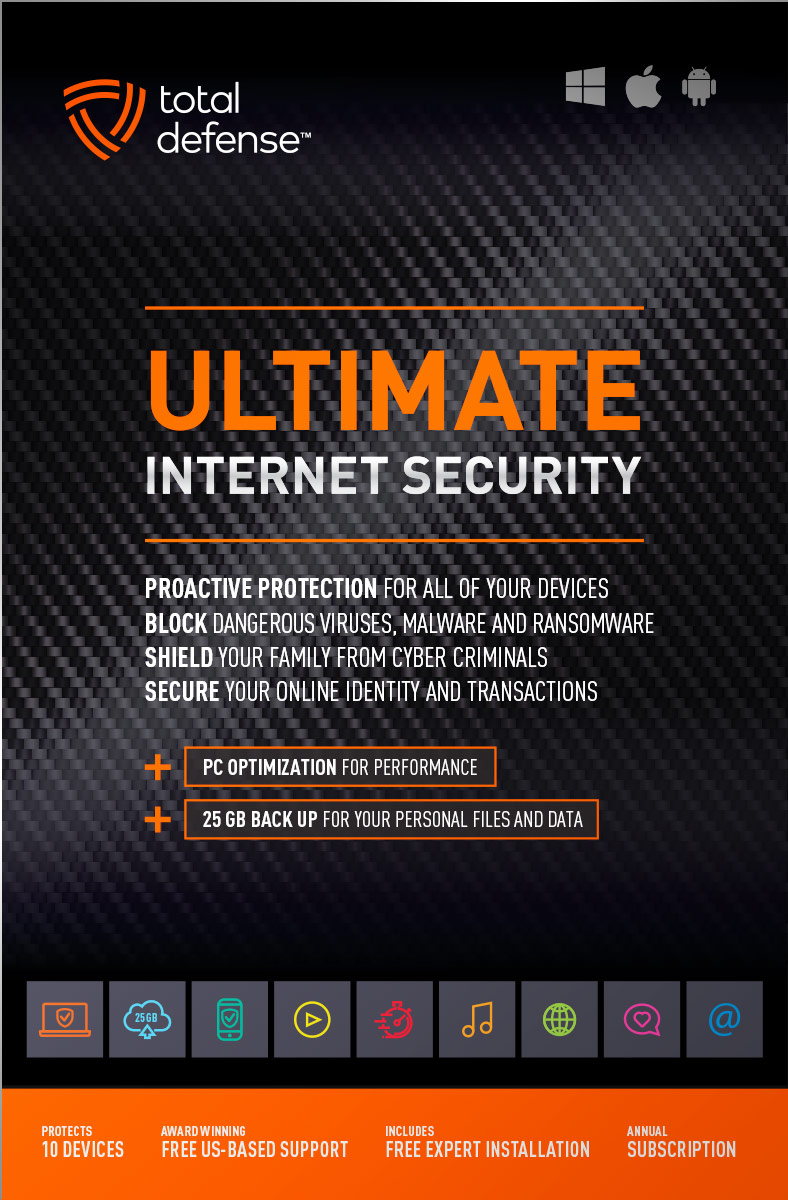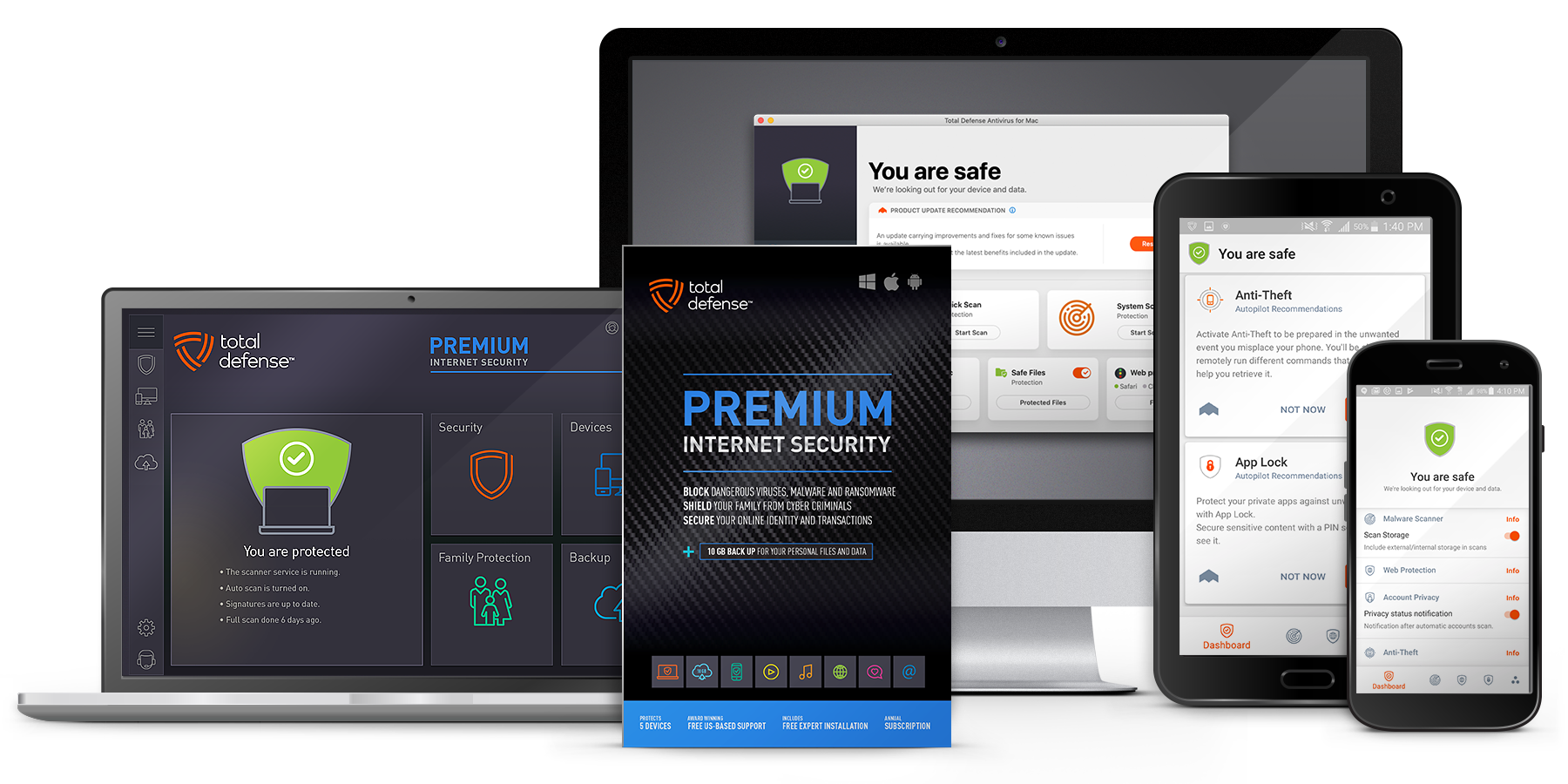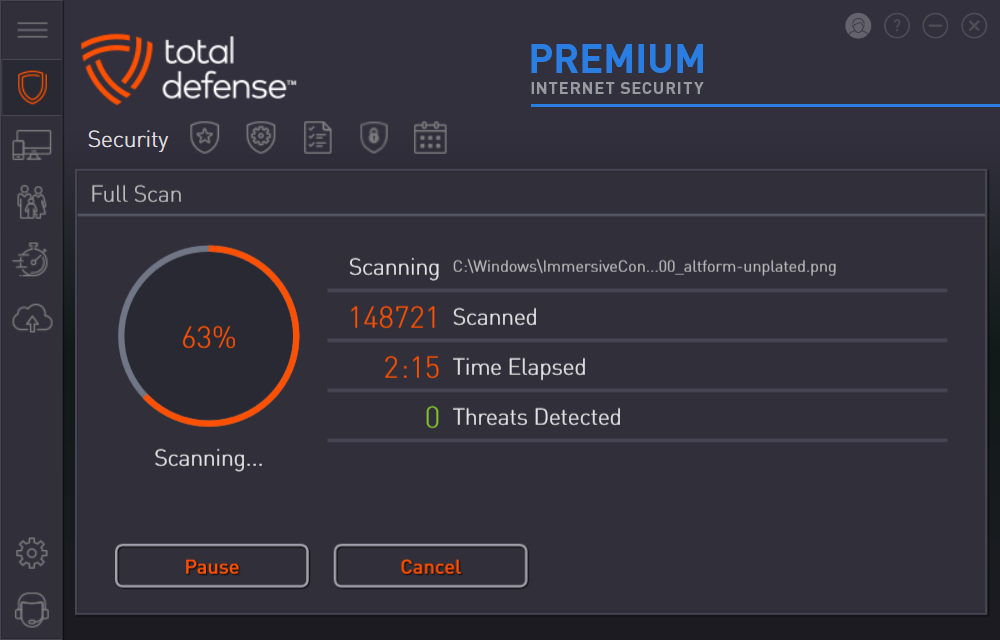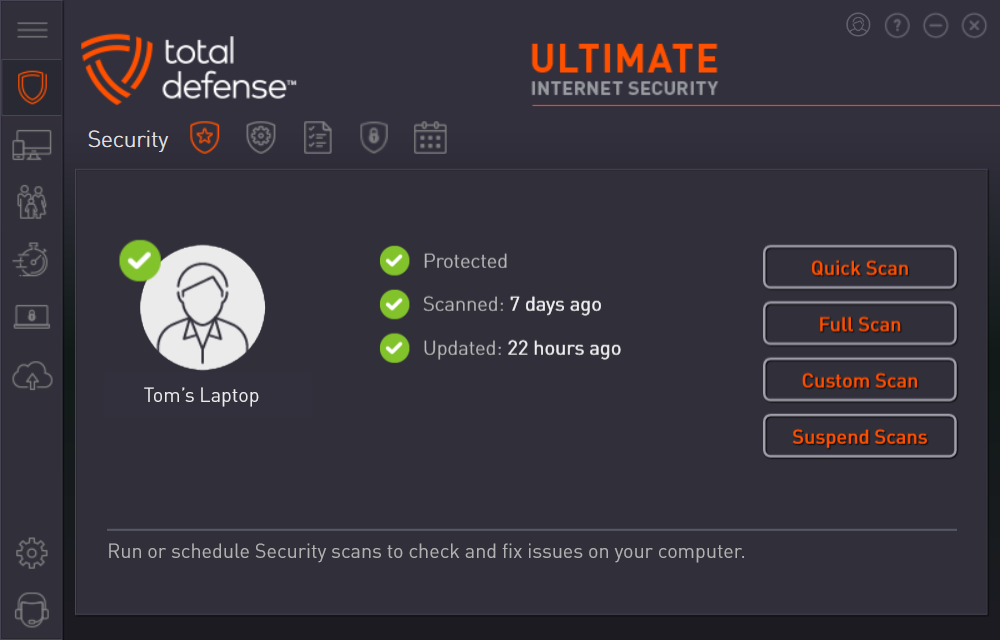We all love our gadgets, but did you know that a sudden power surge can wreak havoc on your computer and lead to data loss? It’s true! Overloading electrical sockets can cause surges that damage your devices and compromise your important files. That’s why using a surge protector is a smart move for anyone who wants to keep their tech safe. Let’s dive into why surge protectors are essential and how to choose the right one for your setup.
What is a Surge Protector?
A surge protector is a device that shields your electronics from voltage spikes. These spikes can occur for various reasons, such as lightning strikes, power outages, or even when large appliances turn on and off. A surge protector absorbs the excess voltage, preventing it from reaching your devices and causing damage.
Why You Need a Surge Protector
Here are a few compelling reasons to invest in a surge protector:
- Prevent Damage to Your Devices: Computers, printers, and other electronics can be expensive to replace. A surge protector acts as a barrier, protecting your devices from unexpected surges.
- Avoid Data Loss: Power surges can corrupt files and lead to data loss. By using a surge protector, you reduce the risk of losing important documents, photos, and other valuable data.
- Multiple Device Support: If you have a desktop setup with multiple devices—like a monitor, printer, and external hard drive—a surge protector allows you to plug them all in safely without overloading your outlets.
How to Choose the Right Surge Protector
Not all surge protectors are created equal, so it’s essential to choose one that fits your needs. Here’s what to look for:
- Joule Rating
- The joule rating indicates how much energy the surge protector can absorb before it fails. The higher the joule rating, the better the protection. Look for a surge protector with at least 1,000 joules for basic protection, but consider higher ratings for more valuable equipment.
- Number of Outlets
- Make sure the surge protector has enough outlets for all your devices. If you plan to expand your setup in the future, consider getting a surge protector with extra outlets.
- Response Time
- A surge protector’s response time is how quickly it reacts to a surge. Look for one with a fast response time (measured in nanoseconds) to ensure your devices are protected as quickly as possible.
- Additional Features
- Some surge protectors come with extra features like USB ports for charging devices, built-in circuit breakers, or even Wi-Fi protection. Consider what features are important for your setup.
Don’t Forget to Back Up Your Data
While a surge protector is a great first line of defense, it’s also crucial to regularly back up your important data. Use cloud storage or an external hard drive to keep copies of your files safe. This way, even if something goes wrong, you won’t lose everything.
Using a surge protector is a simple yet effective way to protect your devices and data from unexpected power surges. By investing in a quality surge protector and regularly backing up your data, you can enjoy peace of mind knowing your tech is safe. So, don’t wait—get a surge protector today and keep your devices running smoothly!
















 RAP Tests
RAP Tests


